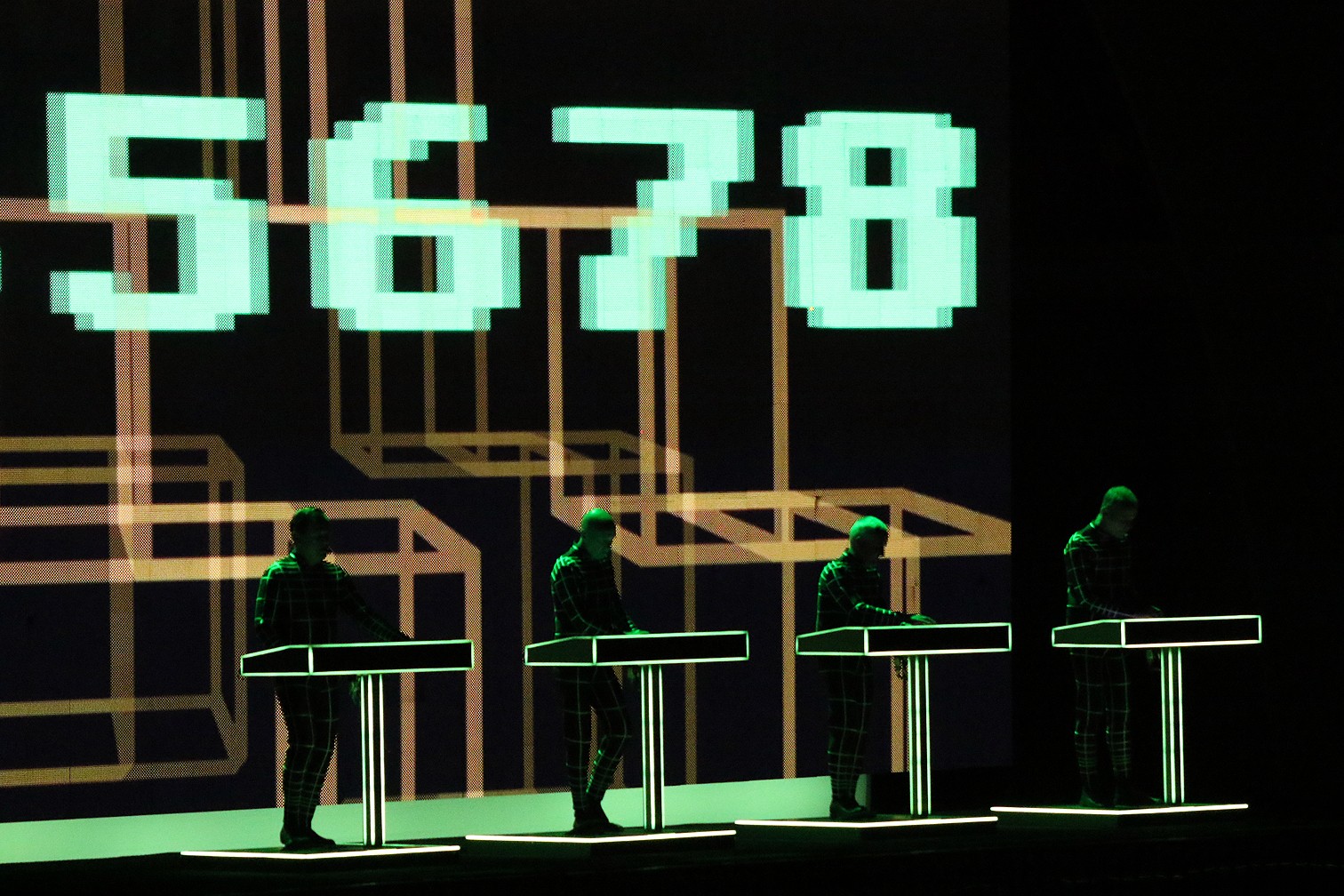 Kraftwerk
Kraftwerk
Hollywood Bowl
9/18/2017
Electronic music would simply not be what it is today if it were not for Kraftwerk. One of the earliest experimental bands that incorporated synthesizers into their songwriting, their influence on popular music was profound and immediate, and it included such artists as: Depeche Mode, Daft Punk, Erasure, New Order, and David Bowie. Though the German quartet has not put out an album in over ten years, last night they demonstrated that the they still have no trouble packing the Hollywood Bowl with fans of all ages.
The show was hosted and introduced by KCRW DJ Jason Bentley. Bentley greeted the boisterous crowd at 7 p.m. and after talking briefly about how monumental an influence Kraftwerk has been on the industry, he geeked out and pulled out a cassette tape of the “Pocket Calculator” single, from the band’s 1981 album Computer World. The packaging of the cassette resembles a pocket calculator, and Bentley enthused that he hoped he could get the band to sign it. He then introduced the opening act, Lyris Quartet, and exited the stage.
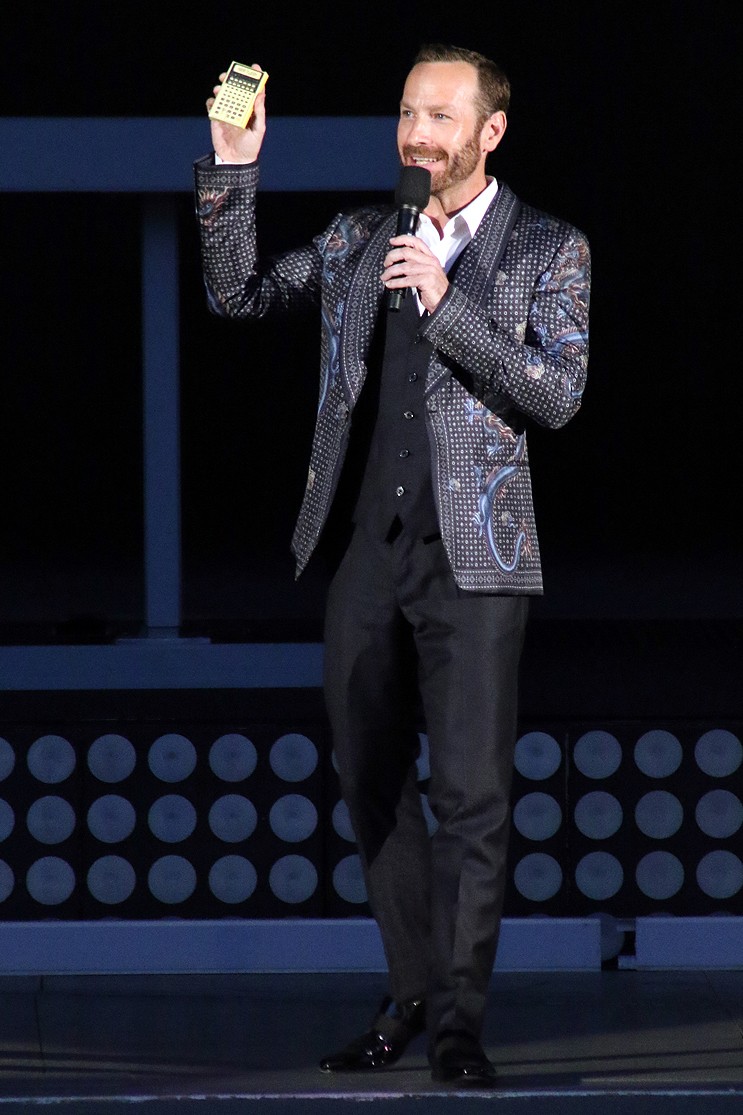 Lyris Quartet’s 25 minute set included Kraftwerk covers. Since Lyris is a string quartet, the arrangement was quite dignified and set the tone for a very respectable evening of music. It is unfortunate that most of the crowd completely ignored them and chattered, loudly, throughout their performance, which featured a rendering of this reporter’s favorite Kraftwerk song, “Ohm Sweet Ohm.”
Lyris Quartet’s 25 minute set included Kraftwerk covers. Since Lyris is a string quartet, the arrangement was quite dignified and set the tone for a very respectable evening of music. It is unfortunate that most of the crowd completely ignored them and chattered, loudly, throughout their performance, which featured a rendering of this reporter’s favorite Kraftwerk song, “Ohm Sweet Ohm.”
At 7:55 p.m. sharp, Kraftwerk’s four members stepped up to their iconic stands and began their solid two-hour set with “Numbers.” While the amplification system provided Kraftwerk’s synthesizers with enough range to make any synth geek shudder, the entire show was enhanced by the 3D video show of Falk Grieffenhagen, who has been supplying the band’s visual accompaniments since 2013. All of Grieffenhagen’s visuals were a perfect compliment for the band’s musical and conceptual minimalism.
The visuals for “Spacelab” were a particular hit for the audience. They included simple graphics depicting the point of view from a spaceship orbiting earth and encountering a communications satellite, a descent towards the western United States shoreline (complete with a Google map pin indicating the location of Los Angeles), images of the satellite and the disc-shaped spacecraft coming towards the audience [“Whoooaaaa!!”], and finally, the landing of the spacecraft on the Hollywood Bowl stage, just behind the band.
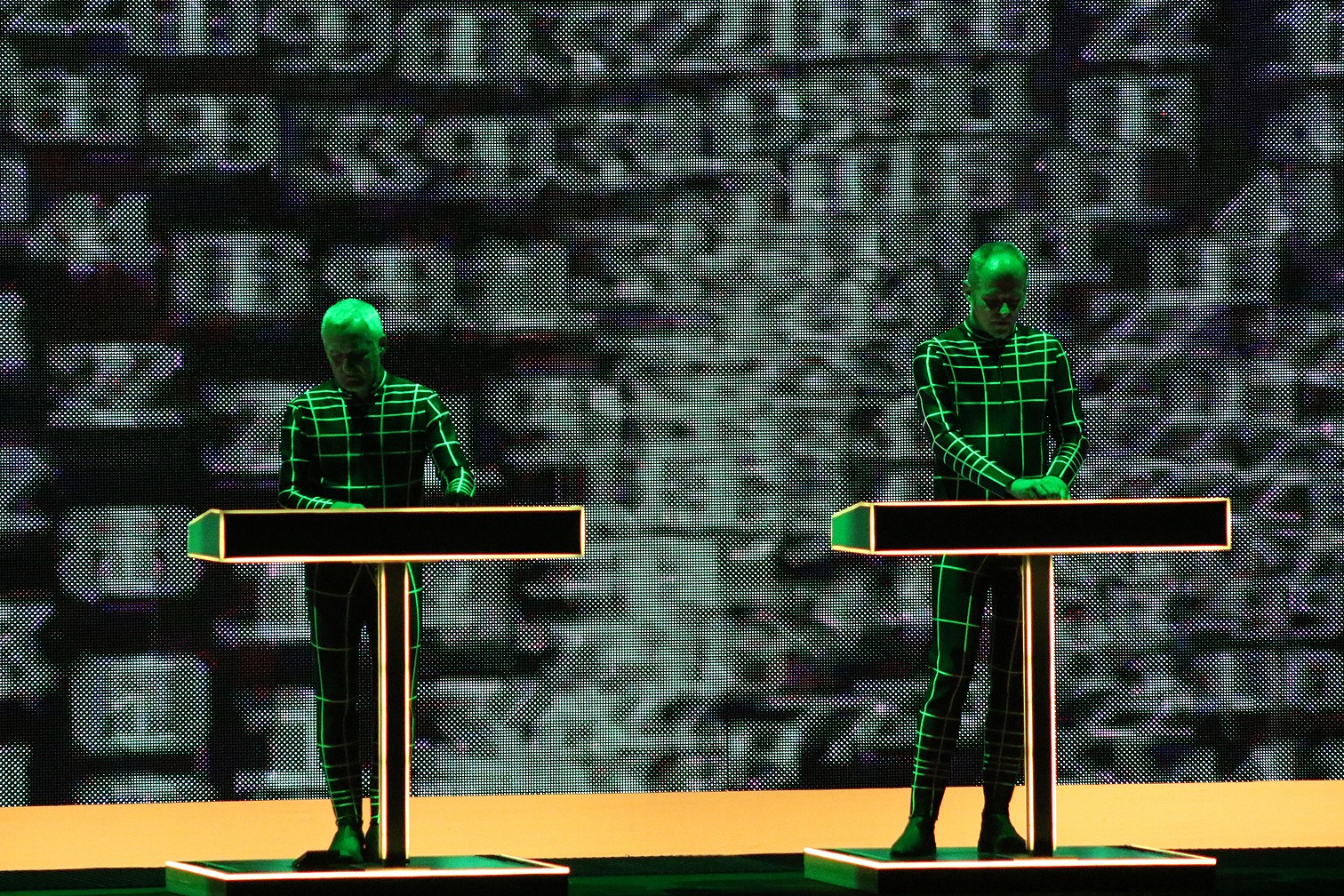 Several of the songs varied from their recorded forms, which enabled the band to turn them into extended electronic jams and customize them. The best of these was probably “Radioactivity.” During the song’s intro, vocalist Ralf Hütter’s vocoded voice listed the names of cities that had suffered catastrophic nuclear incidents. Harrisburg, Chernobyl, Hiroshima, Sellafield, and Fukushima were listed. Further adding to the poignancy of the latter and most recent disaster, the first half of the song was performed in Japanese.
Several of the songs varied from their recorded forms, which enabled the band to turn them into extended electronic jams and customize them. The best of these was probably “Radioactivity.” During the song’s intro, vocalist Ralf Hütter’s vocoded voice listed the names of cities that had suffered catastrophic nuclear incidents. Harrisburg, Chernobyl, Hiroshima, Sellafield, and Fukushima were listed. Further adding to the poignancy of the latter and most recent disaster, the first half of the song was performed in Japanese.
As it was in the beginning, the entire concept of having a band perform while standing relatively motionless behind a lectern-like musical stand challenges the aesthetic of most modern musical forms. For all the audience knows, they could be playing phone apps the whole time. This concept was not lost on the band, as the presentation of their song “Die Roboter” [translated from the band’s native German: The Robots] featured four life-size robots standing in place and making basic movements while the band was nowhere in sight. Adding to this mystique was the fact that after the band returned to the stage and launched into “Aerodynamik,” one of the members seemingly forgot something, ran off stage for a minute, then returned to his stand without creating any noticeable difference in the musical output.
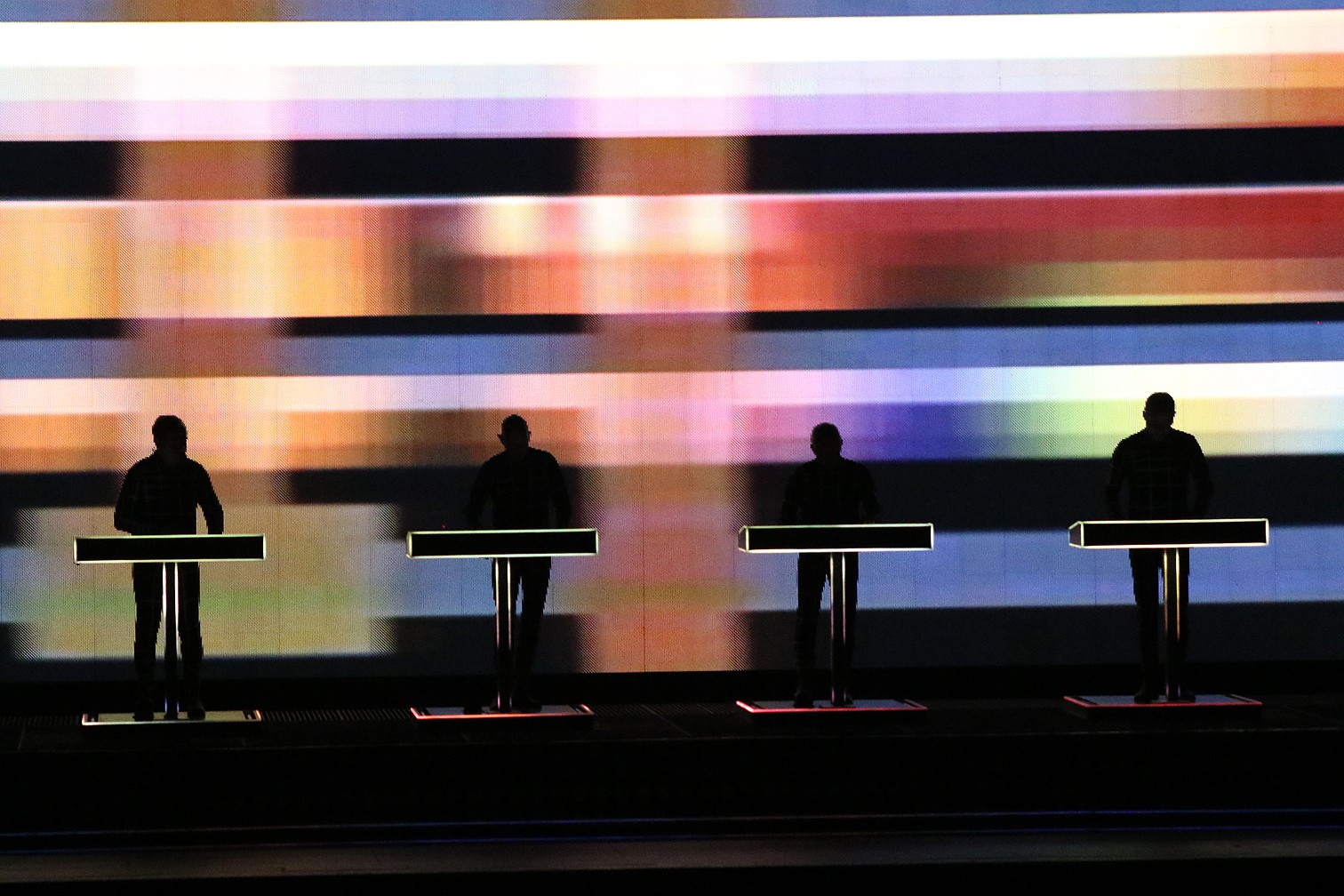 Other highlights of the evening included performances of “The Machine Man,” and extended jams on “Autobahn” and “Tour de France.” For the latter song, about half of the audience stood up, and about a fifth of those standing danced in an exceedingly wild fashion. Additionally, during Kraftwerk’s performance of “Neon Lights,” a shooting star blazed a long and slow trail over the Hollywood Bowl’s dome. Whether or not all of the audience members were aware of the legacy of the band (surely many of the small children in attendance were not), the power of their synths, the minimalist nature of their lyrics, and now their 3D visual presentation still provide Kraftwerk with enough of an impact to leave a lasting impression on their audience.
Other highlights of the evening included performances of “The Machine Man,” and extended jams on “Autobahn” and “Tour de France.” For the latter song, about half of the audience stood up, and about a fifth of those standing danced in an exceedingly wild fashion. Additionally, during Kraftwerk’s performance of “Neon Lights,” a shooting star blazed a long and slow trail over the Hollywood Bowl’s dome. Whether or not all of the audience members were aware of the legacy of the band (surely many of the small children in attendance were not), the power of their synths, the minimalist nature of their lyrics, and now their 3D visual presentation still provide Kraftwerk with enough of an impact to leave a lasting impression on their audience.
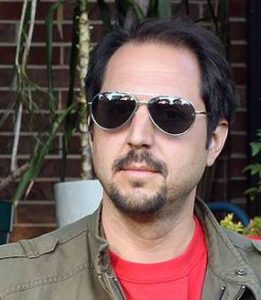


2 Replies to “Kraftwerk Energizes the Hollywood Bowl”